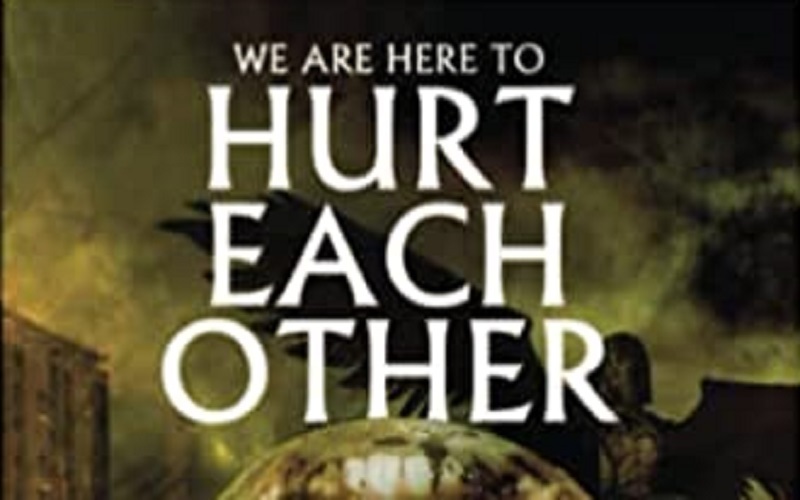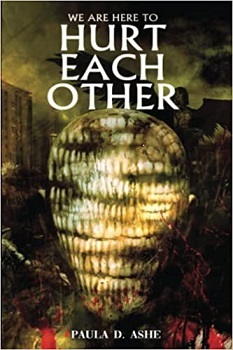Read This: We Are Here To Hurt Each Other

We Are Here To Hurt Each Other, Paula D. Ashe’s collection from Nictitating Books, is breathtaking in its explorations of pain and suffering, both experienced and inflicted. The twelve stories and vignettes gathered here are a chronicle of all the kinds of damage we can do to each other, and why we do it. Prefaced with a comprehensive content warning, Ashe proceeds to take us places we should never want to go. And yet, once I started reading I couldn’t look away.
Part of it is, strangely, a matter of relatability. Ashe crafts her characters with deft, deceptive strokes, keeping their secrets to herself until we’ve gotten to know them. So many of the monsters here are humans with good intentions. They are complex people, often both victim and victimizer, and they remain largely sympathetic despite what they do. That’s not an easy trick to pull off, but Ashe does it well.
***
 I could not choose any favorite stories. While We Are Here to Hurt Each Other is beautifully written and emotionally resonant, it’s not that kind of collection:
I could not choose any favorite stories. While We Are Here to Hurt Each Other is beautifully written and emotionally resonant, it’s not that kind of collection:
“Aspects of Emptiness” is a brief nightmare of compulsion and self-awareness.
“Carry On, Carrion” continues the preceding nightmare, personalizes it, and makes the Man with the Face of Teeth a partner to the self-destruction.
“All the Hellish Cruelties of Heaven” tracks a serial killer, and a far more dangerous being.
“Grave Miracles” is another brief flash of wrongness, this time teasing resurrection.
“Exile in Extremis” is its continuation, in epistolary form.
“Jacqueline Laughs Last in the Gaslight” is a strangely effective twist to the Jack the Ripper legend.
“Because You Watched” delivers payback for keeping family secrets.
“A Needleshine Litany” shows that magic and protection can still be too ugly to witness
“The Mother of All Monsters” entangles child murders, family resemblances, and parental responsibility.
“The Witness” is a fragment of pain from the edge of a concentration camp
“Bereft” details inherited abuse, terrible mourning, and the need to lie to ourselves about why we do what we do.
“Telesignatures from a Future Corpse” bends time, and hangs on the recognition that not all well-loved children will grow up to be good
***
We Are Here to Hurt Each Other begs to be read in one sitting. Despite the various settings and the different varieties of monstrousness, these stories all seem to occur in the same lightless thematic space. The individual narratives are compelling, and as disturbing as they are they are difficult to disengage from. There is a great deal of real emotion woven into the atrocities. I highly recommend it.